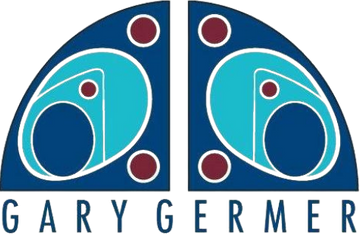Bronze Frederico Rico LeBrun Italian Woman W/Arms Over Head Statue Sculpture
SaleAfter his contract ended, he moved to New York City, where he found work as a commercial artist drawing advertisements and fashion plates for such magazines as Vogue, Fortune and The New Yorker. Earning a moderate salary, Lebrun was able to take an extended trip to Italy where his passion for fine art was rekindled. During his six-year stay abroad, he studied the fresco paintings of Italian Renaissance artist Luca Signorelli (1441-1523). In 1936, he returned to New York City, where he took a teaching position at the New York Art Students’ League.
This year marked a turning point in Lebrun’s career as he decided to stop working as a commercial artist and return to the fine art of mural painting. Soon after this decision, Harvard University commissioned Lebrun and his fellow artist friend Lewis Rubenstein (b. 1908) to complete a mural on the top level of the Fogg Art Museum. Though the mural was removed shortly after its completion, the designs earned Lebrun a prestigious Guggenheim fellowship in 1936, which he won again in 1937.
In the following year, Lebrun moved to Southern California. Once in Santa Barbara, he found a great deal of support from the local art community. While spending time with artist friend Channing Peake (1910-1989), Lebrun gained the friendship of Donald Bear, who was the new Director of the Santa Barbara Museum of Art (SBMA). Bear was responsible for organizing Lebrun’s first solo-exhibition, which was later followed by a successful string of national exhibitions. Between 1938 and 1944, Lebrun taught in Los Angeles at the Chouinard Art Institute and the Walt Disney Studios. During this time, Lebrun became a leading modernist figure in the Los Angeles area, even gaining the strong support of conservative Los Angeles Times critic Henry J. Seldis. Moreover, Lebrun was offered a prominent position as artist-in-residence at SBMA.
In 1947, he began to devote his art to themes dealing with religious experience and human suffering. For the next three years, Lebrun worked on the Crucifixion series, preparing well over two hundred drawings and paintings. The series culminated in a large exhibition at the Los Angeles County Museum of Art that later traveled to the De Young Museum in San Francisco, while the Crucifixion triptych ultimately found a home at Syracuse University in New York. After an extended trip to Mexico, Lebrun returned to Los Angeles, where he worked on a series based on the horrendous atrocities that took place at the Nazi concentration camps at Buchenwald and Dachau. Lebrun later commented that this series was a “form of remembrance and prayer… changing what is disfigured into what is transfigured.”1
In 1958, he spent a year as a visiting lecturer at Yale University before returning to Italy to become artist-in-residence at the American Academy in Rome. During his time abroad, Lebrun outlined his ideas for a commissioned mural at Pomona College. In little less than half a year, he completed the enormous Genesis mural, which still stands on the college campus today. Following the project’s completion, Lebrun took on a position as faculty member at the University of California at Santa Barbara and for the first time devoted his career to sculpting. In the midst of this new endeavor, the sixty-three year old artist died quite suddenly at his Malibu home, after being diagnosed with cancer the previous year. His wife Constance and their son, David, survived him.







